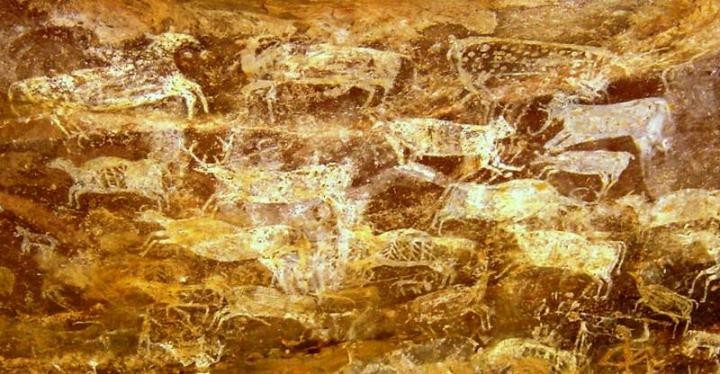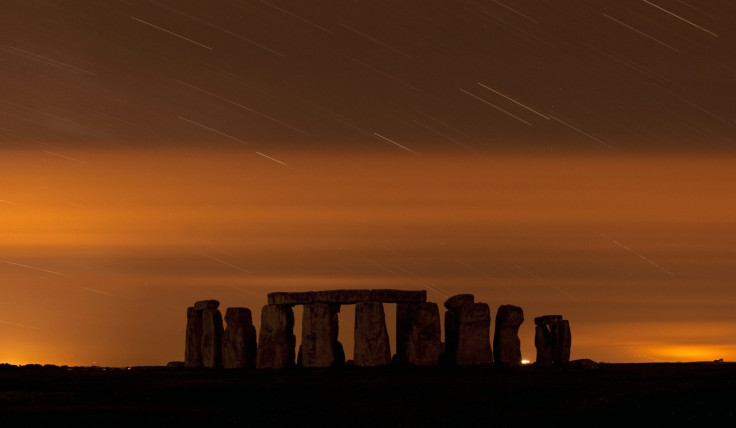Stonehenge Was a 'Giant Echo Chamber to Summon up the Ancient Spirits'

Ancient man's greatest monuments were giant echo chambers to create vast soundscapes to speak to the gods, according to new research.
Steven J Waller, a scientific researcher on Archaeoacoustics, believes echoes created in caves and rocky areas could have led cavemen to believe spirits inhabited them.
"Ancient mythology explained echoes from the mouths of caves as replies from spirits, so our ancestors may have made cave paintings in response to these echoes and their belief that echo spirits inhabited rocky places such as caves or canyons," said Waller.
Many ancient cultures attributed thunder in the sky to 'hoofed thunder gods,' so it makes sense that the reverberation within the caves was interpreted as thunder and inspired paintings of those same hoofed thunder gods on cave walls
In the same way light reflection can make you see your own reflection in a mirror, sound echoes bouncing from cave walls or cliff faces, can create the illusion that someone is responding to you from within the rock.
Waller believes clapping noises can be misconstrued as hoofbeats within a cavern and if there are multiple echoes at the same time, they can merge together to create the illusion of a stampeding herd of animals.
"Many ancient cultures attributed thunder in the sky to 'hoofed thunder gods,' so it makes sense that the reverberation within the caves was interpreted as thunder and inspired paintings of those same hoofed thunder gods on cave walls," said Waller.
"This theory is supported by acoustic measurements, which show statistically significant correspondence between the rock art sites and locations with the strongest sound reflection."

Stonehenge is another area where auditory illusions could be created and may explain why the stones were positioned in such a way.
Waller noticed a similarity in a sound interference pattern (where two sound waves existing at the same time interfere with each other) and Stonehenge. He set up an experiment in an open field using blindfolded subjects and two flutes, constantly playing the same note.
"The quiet regions of destructive sound wave cancellation, in which the high pressure from one flute cancelled the low pressure from the other flute, gave blindfolded subjects the illusion of a giant ring of rocks or 'pillars' casting acoustic shadows," Waller said.
After the results of this research, Waller travelled to England and confirmed his theory that Stonehenge has acoustic shadows that create an interference pattern.
"My theory that musical interference patterns served as blueprints for megalithic stone circles —many of which are called Pipers' Stones — is supported by ancient legends of two magic pipers who enticed maidens to dance in a circle and turned them all into stones," said Waller.
"Sound, which is invisible and has complex properties, can easily lead to auditory illusions of the supernatural," he added. "This, in turn, leads to the more general question: what other illusions are we living under due to other phenomena that we are currently misinterpreting?"
© Copyright IBTimes 2025. All rights reserved.





















